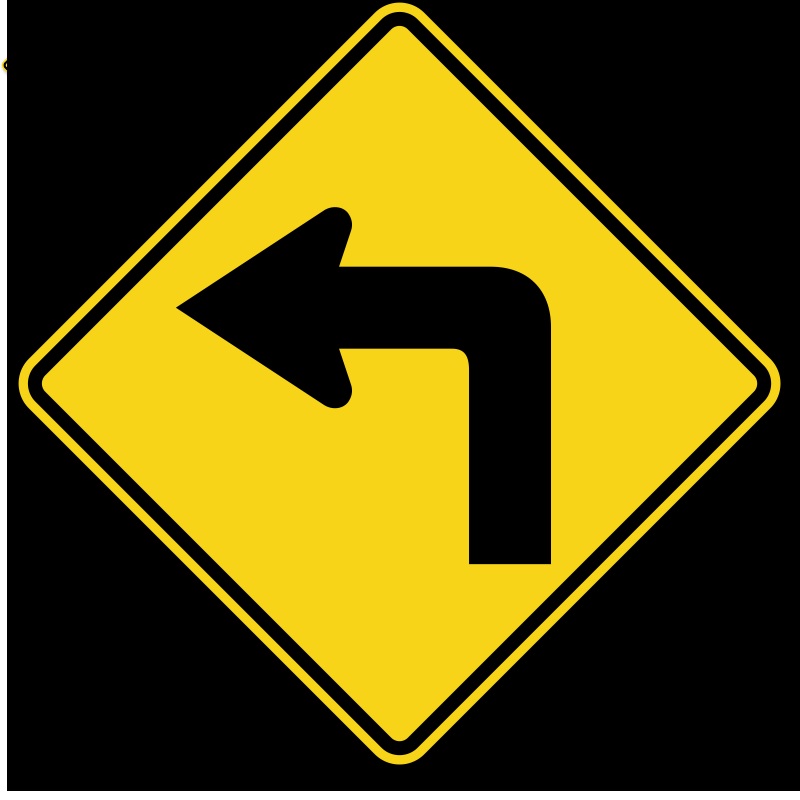
What we refer to as leftwing economics is not monolithic. Communism, socialism, and liberalism are prominent political ideologies that have distinct approaches to economics. By examining their economic systems and views on private ownership, we can better understand the similarities and differences among these ideologies. This essay focuses on comparing and contrasting the economic aspects of communism, socialism, and liberalism.
I. Private Ownership: Communism, as espoused by Karl Marx, seeks to abolish private ownership of the means of production entirely. In a communist society, all property and resources are collectively owned by the community or state. This includes land, factories, and other productive assets. The goal is to eliminate class distinctions and ensure the equal distribution of resources and wealth among individuals.
Socialism, while also advocating for collective ownership, does not necessarily aim to abolish private ownership entirely. Socialists generally advocate for the state or community to have control over key industries and sectors, such as healthcare, education, and infrastructure. However, they may allow for some degree of private ownership in other areas of the economy. Socialism seeks to reduce socioeconomic disparities by implementing government regulations and wealth redistribution measures.
Liberalism, in contrast, supports a market-oriented economic system where private ownership is central. Liberals emphasize the importance of individual liberties and believe in the protection of property rights. In a liberal economy, individuals and private businesses have the freedom to own and control the means of production. The role of the government is often limited to ensuring fair competition, protecting contracts, and preventing monopolies.
II. Government Intervention: Communism advocates for a centrally planned economy, where the government has complete control over economic decisions. In a communist system, the state determines production levels, resource allocation, and distribution of goods and services. The government plays a dominant role in economic planning and decision-making, aiming to achieve equality and meet the needs of all citizens.
Socialism also supports government intervention in the economy, albeit to varying degrees depending on the specific socialist ideology. Socialists often advocate for regulations and oversight to ensure fair competition, protect workers’ rights, and provide social services. The government may also play a role in wealth redistribution through progressive taxation and social welfare programs.
Liberalism, in contrast, favors limited government intervention in the economy. Liberals believe that free markets and competition are the most efficient ways to allocate resources and generate economic growth. While they recognize the need for some regulations to prevent abuse and protect consumers, liberals generally advocate for minimal government interference in business operations and individual economic choices.
III. Wealth Distribution: Communism aims to achieve an egalitarian society where wealth and resources are equally distributed among all individuals. The principle of “from each according to his ability, to each according to his needs” guides the distribution of goods and services. In theory, this ensures that everyone has access to the basic necessities of life.
Socialism also prioritizes reducing socioeconomic disparities, although it may not strive for complete equality. Socialists seek to provide social safety nets, such as universal healthcare, education, and affordable housing, to ensure a minimum standard of living for all citizens. They advocate for progressive taxation and wealth redistribution to achieve a more equitable distribution of resources.
Liberalism, while not focused on achieving strict wealth equality, generally supports social mobility and the reduction of extreme poverty. Liberals believe that a dynamic and prosperous economy benefits society as a whole. They emphasize the importance of individual initiative and entrepreneurship, as well as providing opportunities for upward economic mobility through education and training.
Conclusion: Communism, socialism, and liberalism exhibit significant differences in their economic approaches. Communism seeks to abolish private ownership entirely and establish collective ownership of the means of production. Socialism allows for varying degrees of private ownership while advocating for government intervention and wealth redistribution. Liberalism
